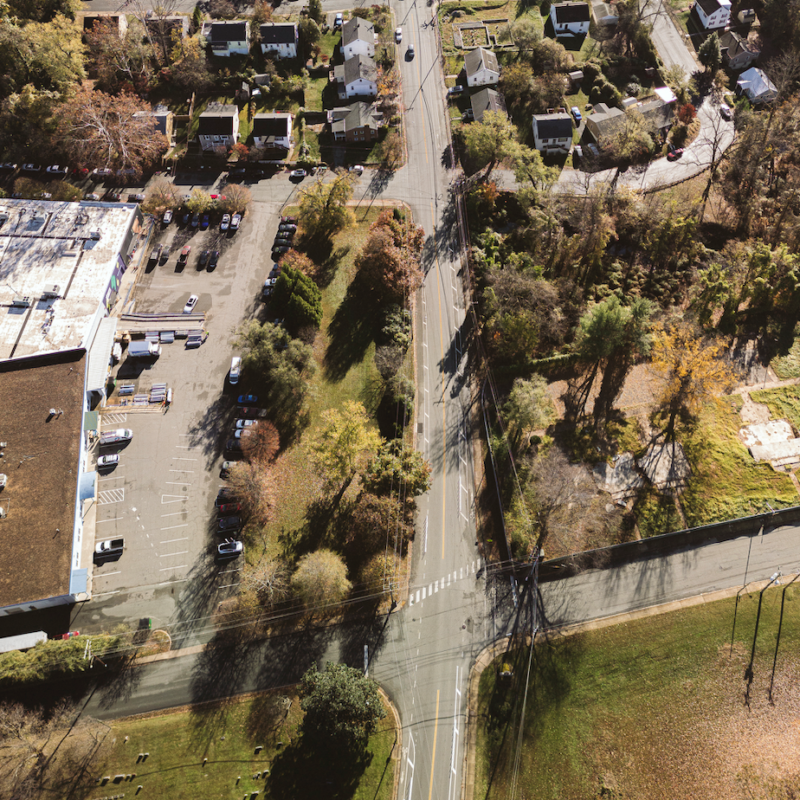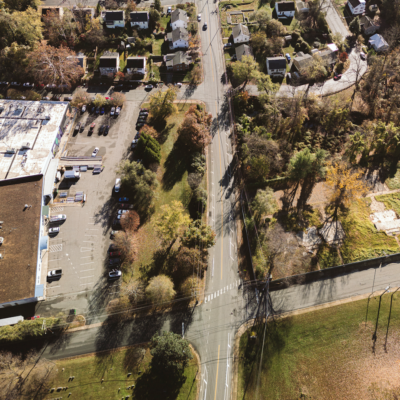art
There’s a stereotype, an unfortunately potent one, that says artists do their best work before they’re 40, then enter a period of fading talent. When you walk into the Hedda Sterne retrospective, you joyfully confront an artist who utterly shatters that myth.
While she’s at it, the now nonagenarian Sterne debunks the one about artists needing to settle into their one “true” style. This exhibition looks like a group show: Paul Klee-like paintings of humanoid machinery, spray-painted abstracts, surrealist collages, a big canvas reminiscent of Mark Rothko. And how many ways are there, for example, to portray a face? One might paint it as a flat stylization; render it classically in pencil; reduce it to triangles; or caricature it à la The New Yorker. Sterne tried all these portraiture techniques, and others, just in the period between 1938 and 1945.

Anthro II
|
None gives the impression of being more truly Sterne than another. It’s tempting to simply stand in the gallery and name periods of art history she’s tried out and painters she’s imitated, but the wise curator of the show has instead attached phrases like “Patterns of Thought” and “Visually Immediate” to sections of the show. That encourages the viewer to look at these various forays collectively as a way of living—an ongoing attempt to refresh the act of looking—rather than as personal signatures. In other words, ways of painting are not private property, as in “Hedda Sterne’s style”; they’re tools, means to an end.
Meanwhile, Sterne’s recent work is, to my taste, her most appealing: small drawings from whose spidery pencil lines and smudged pastels emerge various organic forms—galaxies, hair, clouds. They’re delicate and surprising, and, more importantly, carry good news: that a long life means not a long decline but more time to become a better and broader artmaker.





